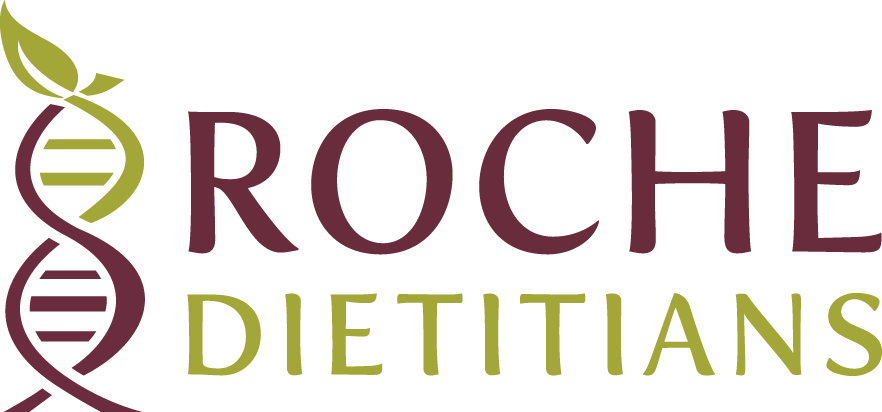Rethinking the Emergency Menu for COVID-19
COVID-19 has all of us in healthcare foodservice thinking about the best ways to safely meet the needs of those we serve. At Roche Dietitians, we are thinking about the emergency menus that most healthcare kitchens have in place. We realize that the framework of current emergency menus are not suited for the COVID-19 crisis simply because most emergency menus are:
shelf stable, no refrigeration.
prepared without power and gas.
limited product availability (thus some sacrifice in terms of quality, taste, variety and meeting nutritional standards).
READ MORE: Your Ultimate Guide to IDDSI
Our New Priorities
As we all know, COVID-19 is a different kind of emergency and that’s how we should treat it. Our priorities now center around safety and staffing:
Concern about spreading the virus: via food, dining team members, and surfaces/equipment.
Strict sanitation: the more we minimize contact with food the more we lessen the opportunities for cross-contamination and the spread of the virus.
Staffing: may fluctuate depending on your specific circumstances, which may mean a reduced kitchen workforce or in extreme cases no trained kitchen staff available to put out the meal.
A Different Kind of Emergency Menu
With emergencies like COVID-19, refrigeration, power, and gas are accessible. So, we need to redirect our focus in creating an emergency menu that is simple and safe:
Simplicity: Feature foods that require minimal food production and handling.
Think foods from freezer to oven to service (as much as possible).
Adjust recipes to include easy-to-follow serving instructions.
Minimize handling of texture-modified diets. Consider diet modifications to be as easy to prepare as possible.
Plan for the possibility of non-kitchen workers preparing and serving the meal.
Safety: Minimize contact and cross-contamination by building your menu on quick, easy-to-serve menu items.
Use mostly frozen and other packaged foods that are produced under manufacturer safety standards.
Minimize handling of texture-modified diets.
Consider portioning utensils when selecting menu items and minimize bare-hand contact as much as possible.
So, at Roche Dietitians we came up with a few staple menu items that help create a successful COVID-19 Emergency Menu. A few examples of featured menu items include:
READ MORE: IDDSI? An Expert Dietitian Gets You Started
Laser Focused Training
Our training needs to reflect our priority for food safety. We need to offer a very clear message to everyone on our team who will be storing, preparing, transporting and serving our food. With COVID-19, our training should be focused on the following:
Hand Washing: At Roche Dietitians we say that we are “in the business of hand washing” and we are sure you are too. We all have training methods in place. Now is the time to double (and triple) down our efforts.
Glove Use: Plain and simple, gloves don’t work to prevent cross contamination if they are not used properly.
Tong Use with Ready-To-Eat Foods: Prepackaged bread and dessert items could potentially cause more handling if residents require a lot of assistance opening the packages. In this case, you may decide to include unpackaged ready-to-eat breads and desserts in your COVID-19 Emergency Menu. However, training on proper use of tongs, gloves, and deli paper is imperative to meet the goal of preventing cross-contamination.
Help is Available
If you don’t know where to start or you just feel a bit overwhelmed about rethinking your emergency menu, we are here to help. Choose from our two COVID-19 Emergency Menu options:
Let Roche Dietitians create your COVID-19 Emergency Menu customized to your specific needs and product availability.
Purchase Roche Dietitians’ COVID-19 Emergency Menu. (Make simple modifications to include foods available from your vendor.)




